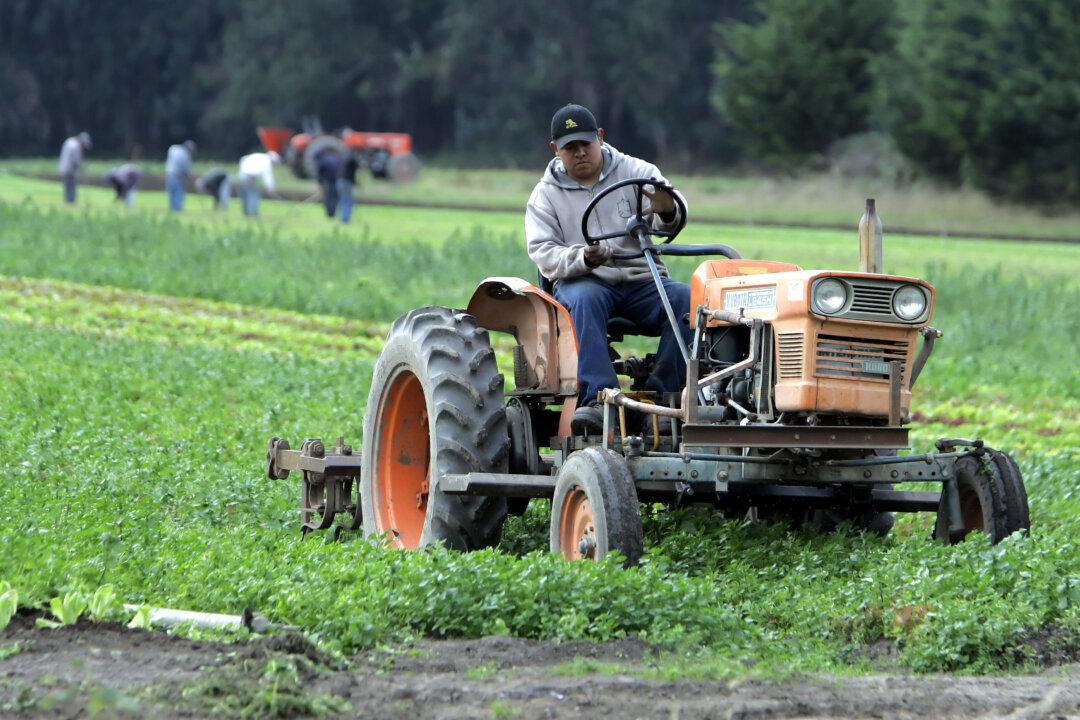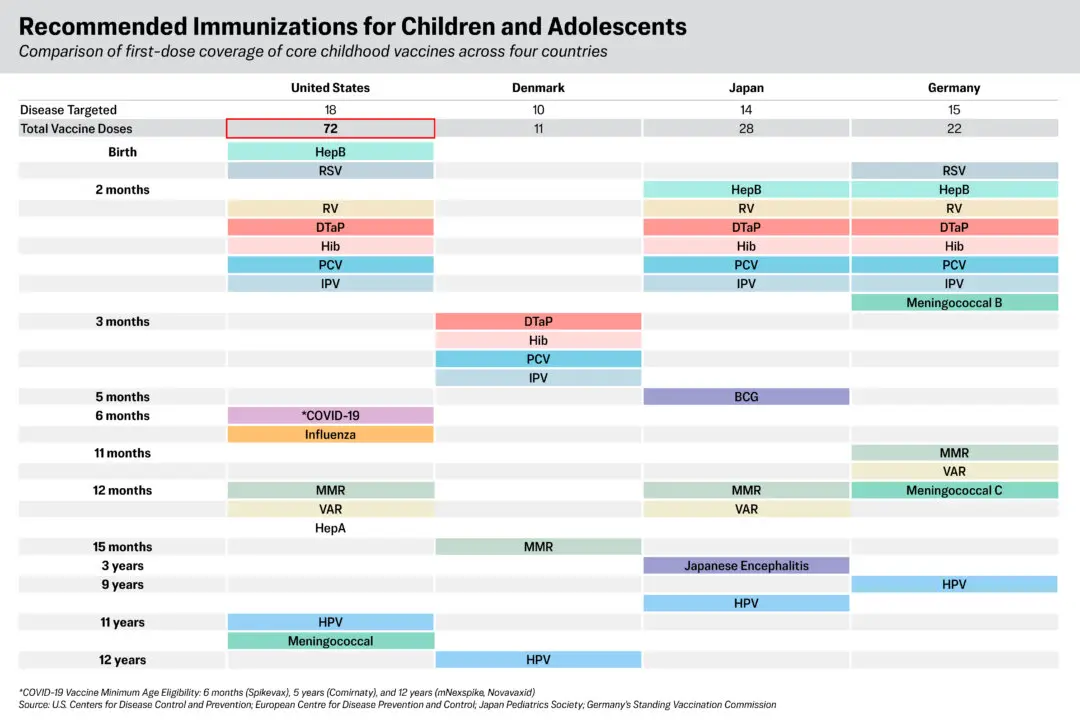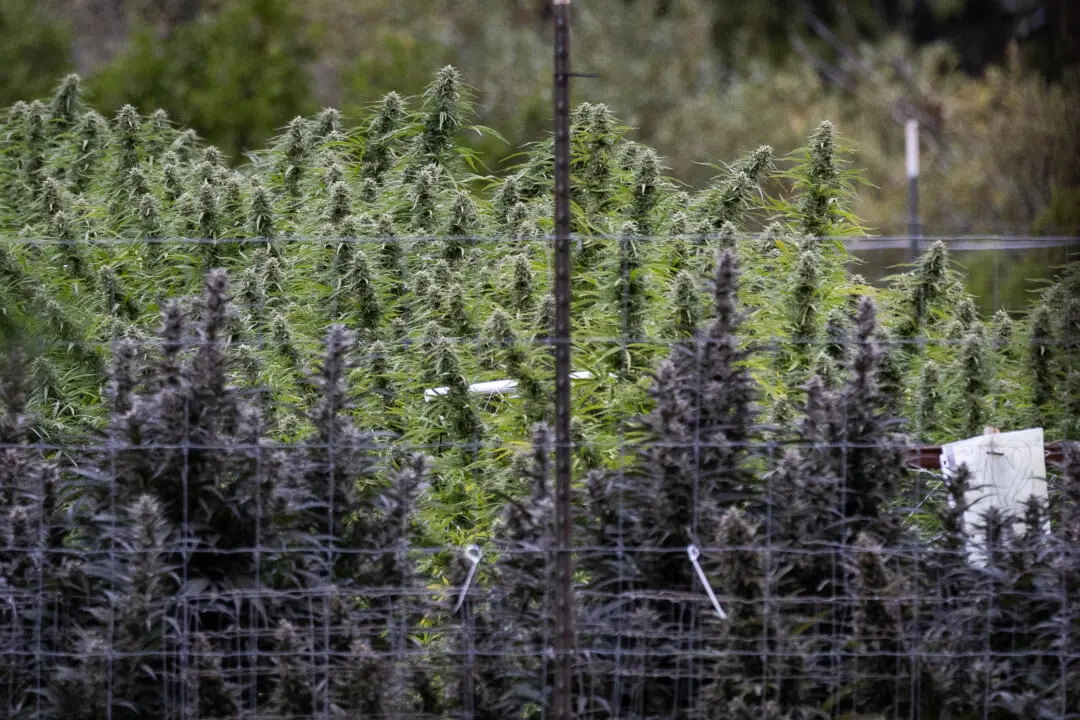Water in California is a huge topic right now amidst the severe drought, but the specific uses for the precious resource are rarely detailed.
A nice neat graph puts the use in perspective, especially in the context of Governor Jerry Brown’s recent executive order that requires cities to cut water use by 25 percent.





